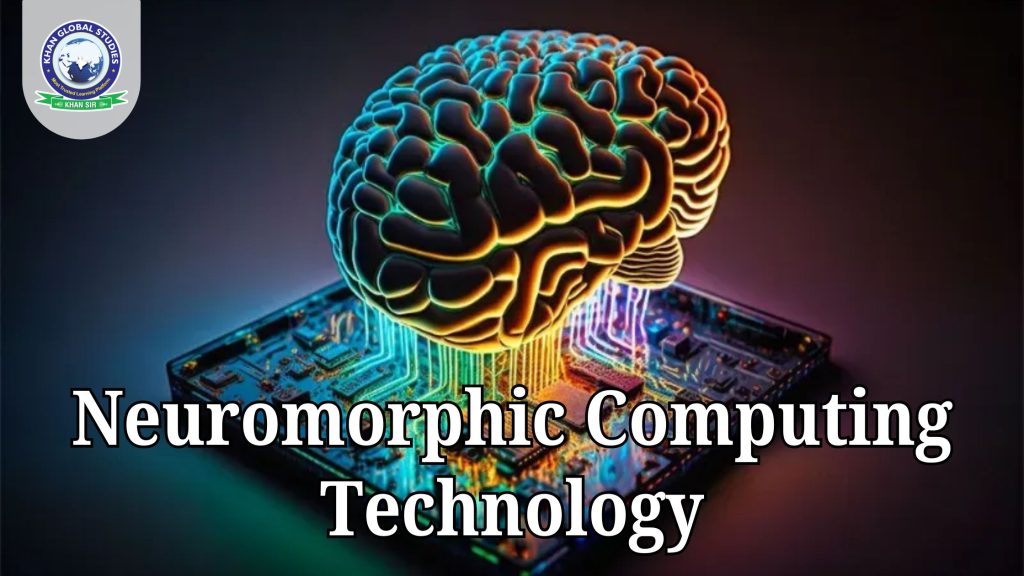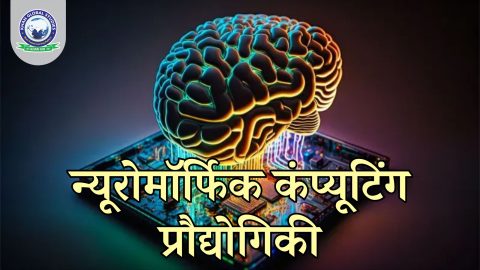Neuromorphic computing refers to a cutting-edge method of computer design that mimics the architecture and processes of the brain. In this innovative approach, both hardware and software elements are engineered to emulate the brain’s complex neural structures, often called neuromorphic engineering. It borrows heavily from multiple scientific fields—computer science, neuroscience, biology, and physics—to develop bio-inspired systems.
How do Neuromorphic Systems work like the brain?
At the core of neuromorphic systems are structures modelled after neurons and synapses. Neurons, the fundamental units of the brain, relay data using chemical and electrical signals. These synapses connect neurons, providing an efficient and adaptive form of communication that outperforms traditional computing models.
A promising but Emerging Field
Although neuromorphic computing is in its infancy, it is being actively researched by universities, technology firms such as Intel and IBM, and even military agencies. This technology is promising in areas such as deep learning, next-generation semiconductors, and autonomous systems (e.g., self-driving vehicles and drones). Furthermore, experts believe that neuromorphic computing could break the limitations of Moore’s Law and accelerate the development of artificial general intelligence (AGI).
Mechanics of Neuromorphic Systems
Neuromorphic computing operates using hardware that mimics the neurological processes of neurons and synapses. A common manifestation of this is the spiking neural network (SNN), where spiking neurons function similarly to biological neurons, with synaptic devices transferring signals that simulate brain activity. Unlike traditional binary systems, neuromorphic systems process information in a more analogue, brain-like manner, making them far more energy-efficient.
Neuromorphic vs. Von Neumann Architecture
- Von Neumann Systems: These traditional systems separate the processing unit from memory storage. Data moves between these two units, leading to inefficiencies, particularly in speed and energy consumption, a challenge known as the von Neumann bottleneck.
- Neuromorphic Systems: In contrast, neuromorphic computers combine processing and memory in each neuron, thus eliminating this bottleneck. They also operate in parallel, mimicking the stochastic noise of the brain, allowing each neuron to handle different tasks simultaneously. This architecture makes neuromorphic systems more scalable, adaptable, and fault-tolerant.
Challenges facing neuromorphic technology
Although the potential of neuromorphic computing is enormous, there are hurdles in this field:
- Accuracy: Although more energy-efficient, neuromorphic systems still do not outperform traditional machine learning models in accuracy.
- Software limitations: Neuromorphic hardware is ahead of its corresponding software, with most research still relying on traditional algorithms.
- Accessibility: This technology is not yet available to general developers.
- Lack of benchmarks: No standardised benchmarks measure performance, making it difficult to gauge progress.
- Incomplete neuroscience knowledge: The human brain remains a mystery, which means neuromorphic computing can only approximate cognition at a basic level.
Neuromorphic Computing and AGI
Neuromorphic research plays a key role in the pursuit of AGI, an AI that functions like the human brain. AGI involves creating systems capable of reasoning, planning, and learning like humans. Some projects, such as the Human Brain Project, seek to replicate human cognition, further blurring the line between machine intelligence and the biological brain.
Historical Milestones in Neuromorphic Computing
The history of neuromorphic computing is filled with important developments:
- 1936: Alan Turing established that any computational problem can be solved by a machine.
- 1950: Turing proposed the Turing Test to measure machine intelligence.
- 1980s: Carver Mead introduced the concept of neuromorphic computing by creating the first silicon retina and cochlea.
- 2014: IBM unveiled the TrueNorth chip, a major step forward.
- 2018: Intel’s Loihi chip demonstrated neuromorphic applications in robotics and beyond.
The Future of Neuromorphic Computing
As the limits of Moore’s Law begin to constrain traditional hardware, neuromorphic computing promises to advance AI, machine learning, and deep neural networks. Revolutionary hardware like the MicroComb is pushing neuromorphic systems toward unrivalled performance. With major investments from corporations and military agencies, neuromorphic computing could soon revolutionise everything from driverless cars to early disease detection.
Conclusion
Neuromorphic computing merges biological inspiration with cutting-edge technology, paving the way for energy-efficient, scalable, and highly adaptive computer systems. Although still in development, its potential applications in artificial intelligence, autonomous systems, and cognitive research suggest a future where machines will think, learn, and adapt more like humans than ever before. Although there are challenges to overcome, continued research could reveal capabilities that could redefine both AI and our understanding of the human brain.









